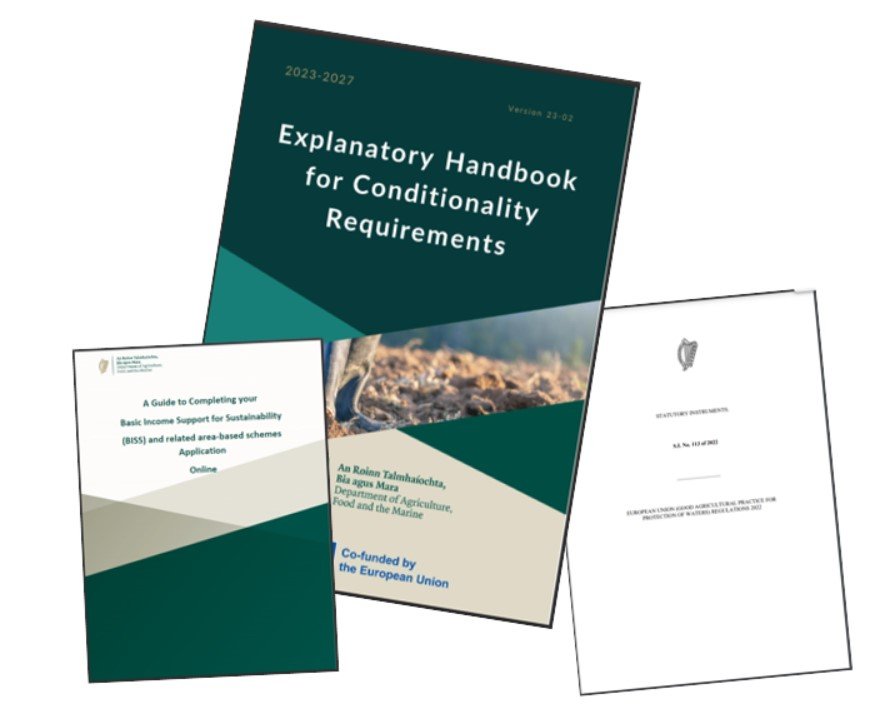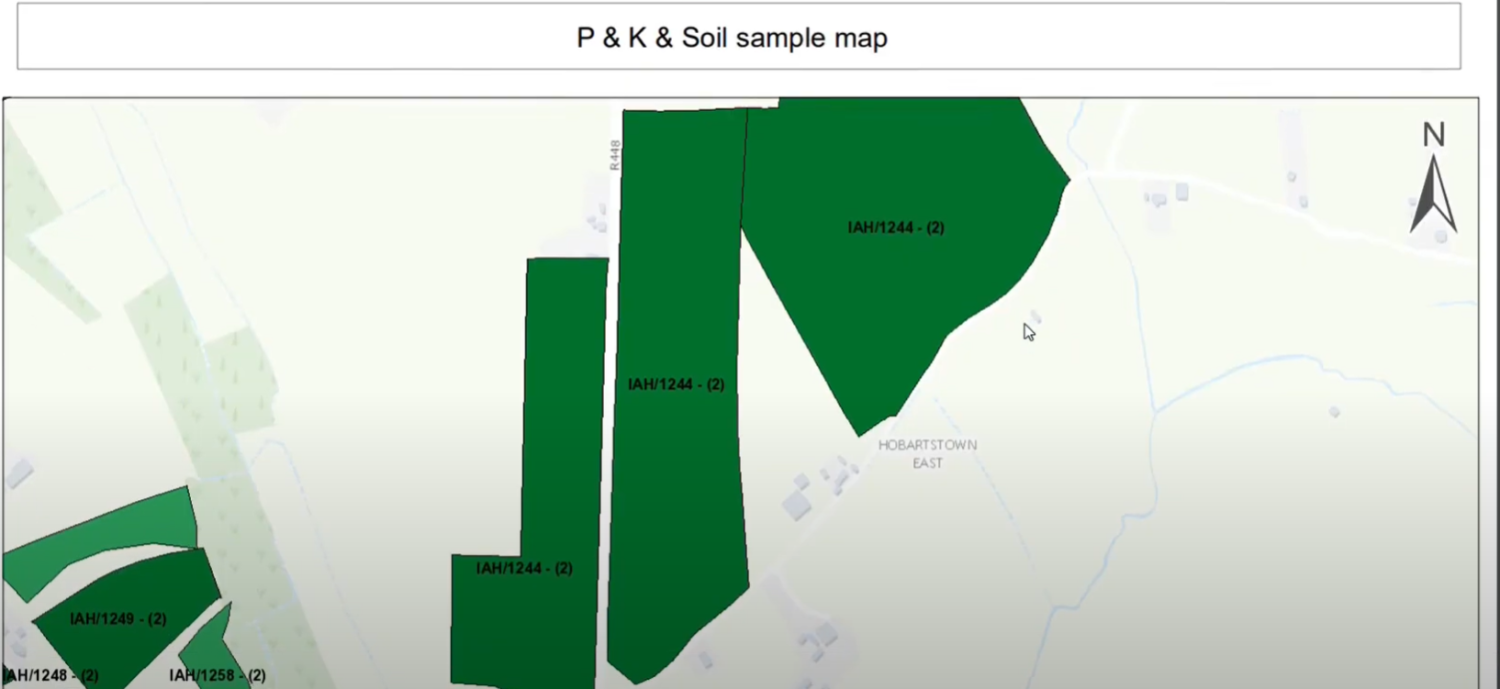
Teagasc Crop Report
Cross Compliance / DAFM Regulation
Cross Compliance / DAFM Regulation

To view the full report you must have an existing account with Teagasc ConnectEd.
Farmers sign in hereAlready have a ConnectEd account? Connected Client or Teagasc staff log in here
Useful Documents
Basic Income Support for Sustainability (BISS) Terms and Conditions 2025
(includes Eco Scheme p17, Protein Aid Scheme p 38, Straw incorporation Measure p 43, Acres p49)
Basic Income Support for Sustainability (BISS) Terms and Conditions 2024
Basic Income Support for Sustainability (BISS) Terms and Conditions 2023
- Explanatory Handbook for Conditionality Requirements
- Straw Incorporation Measure (SIM) & Baling Assistance Payment (BAP) 2024
Nitrates Directive S.I. No. 113/2022
Important to refer to amendments especially with reference to stubble cultivation changes
AGRI-CLIMATE RURAL ENVIRONMENT SCHEME (Acres)
Crop Rotation and Diversification
All farmers must comply with the rules for 2025 to claim the BISS entitlements under GAEC 7 requirements. BISS Terms and Conditions 2025 (page 79)
The two implementing aspects of GAEC 7 from 2025 are:
1. Crop Rotation and Crop Diversification
or
2. Crop Diversification only
The aim of this measure is to encourage crop diversity. It is important to complete your calculations on the Maximum Eligible Area (MEA) for the LPIS parcel number and not the claimed area. You cannot claim a lower area to avoid greening requirements or to reduce the extent of the requirements.
1. Crop Rotation and Crop Diversification
Crop Rotation to be implemented at parcel level as follows:
i. Crop Rotation based on a 4-year rotation cycle resulting in at least two different crops in
years 2023-2026 inclusive.
AND
Crop Diversification as follows on holdings with:
i. 10 to 30 ha of arable land (2 crop rule): At least two arable crops must be grown and the
main crop must not be more than 75% of the arable land.
ii. > 30 ha of arable land (3 crop rule): At least three arable crops must be grown and the
main crop not more than 75% and the two main crops not more than 95% of the arable
land.
OR (FROM 01 JANUARY 2025)
2. Crop Diversification only as follows on holdings with:
i. 10 to 30 ha of arable land (2 crop rule): At least two arable crops must be grown and the
main crop must not be more than 75% of the arable land.
ii. > 30 ha of arable land (3 crop rule): At least three arable crops must be grown and the
main crop not more than 75% and the two main crops not more than 95% of the arable
land.
Alternative to Crop Rotation/Diversification
All Hectares grow a Catch crop on more than 50% of the total arable area each year. Catch crop must be planted before 15 September and keep in place until
after 1 December. All parcels must be sown in a catch crop over 4-year cycle (2023 – 2026)
* ACRES/EIP Catch crops will not count towards GAEC 7 requirement
Field margins for tillage crops
When planting a tillage field there are a number of Conditionality /Cross Compliance requirements to be adhered to. These areas are called grass margins or buffer zones.
Please create an account to view hidden content
Fertiliser Register and Nutrients Allowed
In 2024 all farmers are required to register on the National Fertiliser Database so that all purchased chemical fertilisers are tracked by the Department of Agriculture (DAFM). Given the DAFM will have full visibility on all purchased fertilisers, tillage farmers need to complete a farm plan (Nutrient Management Plan) of all of the nutrients (Nitrogen and phosphorus) which can be used. Where a farmer exceeds the allowed limits there is an exposure to cross compliance fines (page 19), if in inspected.
The key elements to completing a farm nutrient management plan for a tillage farmer are as follows:
- Current soil sample for all tillage parcels which will determine the level of N, P and K which can be used on the crop (see how to read the result here) .
- maximum area per soil sample 4 hectares - this may mean taking multiple samples in each field
- all soil samples must be taken no later than 4 years ago
- where the soil sample is not available the parcel is assumed P index 4 and will have no P allowance
- where pH is above 7 extra allowances of P are available
- List of the crop to be grown in each LPIS parcel for the year in current year

- Quantities of organic nutrients to be applied to each LPIS
- to include; slurry, fym, sludges, poultry manure, mushroom compost
- this includes what is applied to the farm over the entire year (this spring and the autumn application)
- the application of these OM will reduce the amount of chemical fertilisers which can be applied
- Evidence of previous high yields from the farm
- extra N and P are available where the farm has higher yields, the reference yields are here
It is possible for any farmer or professional to calculate the nutrients required for a farm however compliance with all of the rules is essential.
Use of a professional with experience in this area is recommended.